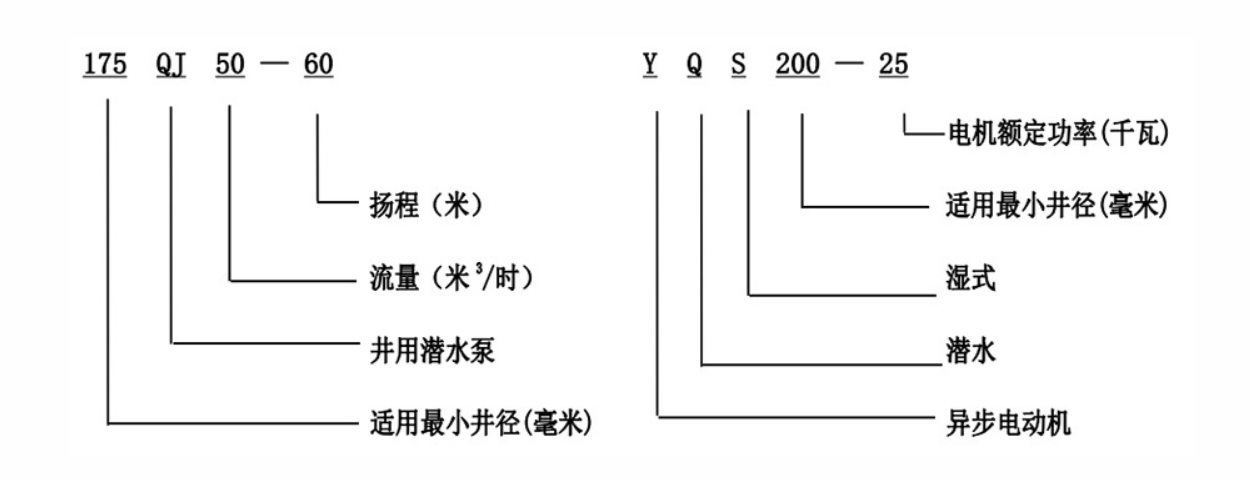Dec . 03, 2024 20:01 Back to list
Common Issues Faced by Submersible Pumps and Their Solutions
Common Problems Associated with Submersible Pumps
Submersible pumps are an essential component in various applications, from draining flooded areas to providing irrigation for agricultural fields. They operate underwater, which presents unique advantages, such as efficient fluid transfer and low noise levels. However, like any mechanical equipment, submersible pumps can encounter problems that hinder their performance and efficiency. Understanding these common issues can help users identify potential failures and take proactive measures to maintain their pumps.
1. Overheating
One of the most significant problems submersible pumps face is overheating. When a pump runs continuously without rest, or if it is submerged in water that is too warm, the motor can overheat. This condition may be exacerbated by poor ventilation, inadequate cooling from the surrounding fluid, or prolonged operation above the recommended capacity. Overheating can lead to thermal damage, resulting in reduced efficiency, increased energy costs, and shortened pump life. To combat this issue, it's crucial to adhere to the manufacturer’s guidelines regarding duty cycles and ambient temperature conditions.
2. Mechanical Seal Failures
The mechanical seal is a critical component that prevents water from entering the motor housing. Over time, seals can become worn due to prolonged use, exposure to aggressive fluids, or improper installation. A failed mechanical seal can lead to water ingress, resulting in short circuits and subsequent motor failure. Regular maintenance checks can help identify the wear on seals early and replace them before a failure occurs.
3. Clogging and Blockages
Submersible pumps are often exposed to solid particles and debris within the water they are meant to pump. This can lead to clogging of the impeller, strainer, or suction line. Clogs can cause the pump to lose its ability to move water effectively, leading to decreased flow rates and increased energy consumption. To prevent clogging, it is advisable to use filters and regularly clean the pump to remove any accumulated debris. Additionally, understanding the nature of the fluid being pumped allows for the selection of a pump that can handle the specific solids content.
submersible pump problems

Submersible pumps rely on electric motors to function effectively. Electrical issues can arise from a variety of factors, including voltage fluctuations, faulty wiring, and inadequate power supply. Such problems can result in the pump not starting, not reaching the required pressure, or shutting down unexpectedly. Users should ensure that the electrical supply is stable and that circuit protection devices are in place to prevent damage due to power surges. Regular inspections of wiring and connections can also mitigate electrical problems.
5. Cavitations
Cavitation occurs when a pump operates at conditions that cause localized pressure to drop below the vapor pressure of the liquid, resulting in the formation of vapor bubbles. These bubbles can collapse violently, causing significant damage to the impeller and other components. Cavitation can lead to a decrease in performance and efficiency, along with increased wear and tear on the pump. To prevent cavitation, it’s crucial to operate the pump within its specified performance curve, ensuring adequate inlet pressure and avoiding excessive lift conditions.
6. Corrosion
Submersible pumps, particularly those used in aggressive or corrosive environments, are prone to corrosion. Over time, corrosion can weaken materials and lead to structural failure. This is especially relevant in applications involving saltwater or chemical processing. Choosing pumps made from corrosion-resistant materials and applying protective coatings can extend the life of a pump in challenging environments.
Conclusion
Submersible pumps are invaluable tools in various industries, but they are not without problems. By being aware of common issues such as overheating, mechanical seal failures, clogging, electrical problems, cavitation, and corrosion, users can implement strategies for effective maintenance and operation. Regular inspections and adherence to operating guidelines will not only prolong the life of the pump but also ensure reliable performance, ultimately saving time and resources in the long run.
-
Submersible Water Pump: The Efficient 'Power Pioneer' of the Underwater World
NewsJul.01,2025
-
Submersible Pond Pump: The Hidden Guardian of Water Landscape Ecology
NewsJul.01,2025
-
Stainless Well Pump: A Reliable and Durable Pumping Main Force
NewsJul.01,2025
-
Stainless Steel Submersible Pump: An Efficient and Versatile Tool for Underwater Operations
NewsJul.01,2025
-
Deep Well Submersible Pump: An Efficient 'Sucker' of Groundwater Sources
NewsJul.01,2025
-
Deep Water Well Pump: An Efficient 'Sucker' of Groundwater Sources
NewsJul.01,2025
-
 Submersible Water Pump: The Efficient 'Power Pioneer' of the Underwater WorldIn the field of hydraulic equipment, the Submersible Water Pump has become the core equipment for underwater operations and water resource transportation due to its unique design and excellent performance.Detail
Submersible Water Pump: The Efficient 'Power Pioneer' of the Underwater WorldIn the field of hydraulic equipment, the Submersible Water Pump has become the core equipment for underwater operations and water resource transportation due to its unique design and excellent performance.Detail -
 Submersible Pond Pump: The Hidden Guardian of Water Landscape EcologyIn courtyard landscapes, ecological ponds, and even small-scale water conservancy projects, there is a silent yet indispensable equipment - the Submersible Pond Pump.Detail
Submersible Pond Pump: The Hidden Guardian of Water Landscape EcologyIn courtyard landscapes, ecological ponds, and even small-scale water conservancy projects, there is a silent yet indispensable equipment - the Submersible Pond Pump.Detail -
 Stainless Well Pump: A Reliable and Durable Pumping Main ForceIn the field of water resource transportation, Stainless Well Pump has become the core equipment for various pumping scenarios with its excellent performance and reliable quality.Detail
Stainless Well Pump: A Reliable and Durable Pumping Main ForceIn the field of water resource transportation, Stainless Well Pump has become the core equipment for various pumping scenarios with its excellent performance and reliable quality.Detail
